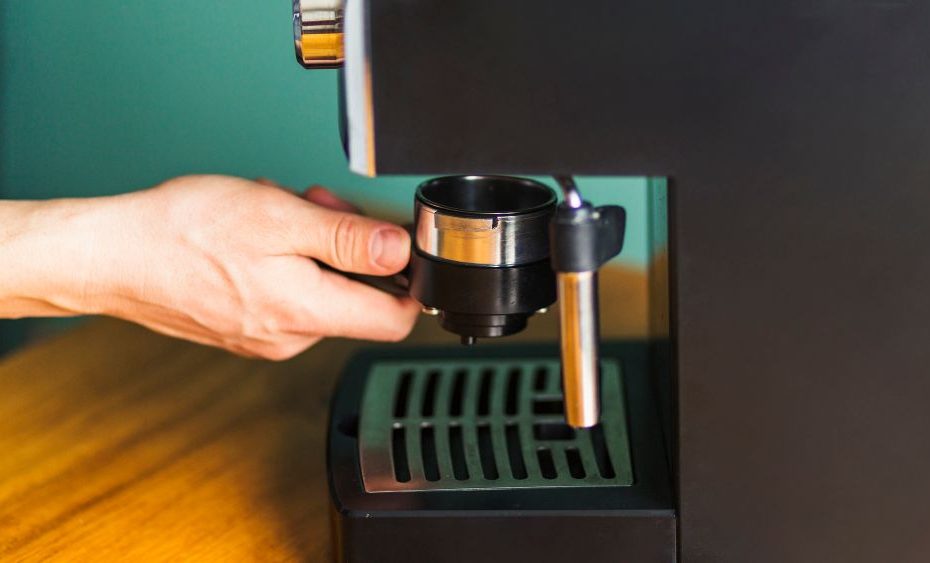Pump problems in coffee machines are often caused by build-up of plaque and sediment. This can lead to reduced performance, sound and vibration problems. It is important to diagnose the problem correctly before attempting any repairs.
The first step in diagnosing coffee machine pump problems is to check for signs of physical damage. Inspect the pump for visible signs of wear such as cracks, dents or missing components. If you notice anything, the pump will need to be replaced before repairs can proceed.
Then check the pipes or tubes connected to the pump for blockages. Remove any obstructions from the pipes or tubes and make sure they are free. If any blockages are found, run a descaling solution through the system to remove any build-up of plaque or sediment.
If there is no physical damage or blockages, you may need to check for electrical faults. Make sure that the connections between the power supply and the wiring are secure and undamaged. If any of the wires are loose or damaged, they will need to be replaced before repairs can proceed.
Once you have identified the cause of the pump problem, you can start the necessary repairs. Depending on the nature of the fault, this could be anything from replacing worn parts to cleaning or descaling internal components.
In some cases, it may be necessary to remove the pump from the machine and clean it thoroughly or to descale it. Make sure you follow all safety instructions and always use the special cleaning solutions recommended by the manufacturer.
If all else fails, the whole pump may need to be replaced. Make sure you buy a pump compatible with your coffee machine and follow the installation instructions carefully.
We hope that by following these steps and carrying out a detailed diagnosis, you will be able to identify and solve any pump problems in your coffee machine. Please remember to always take safety precautions when attempting repairs, and refer to the relevant user manuals or professional advice if necessary.

